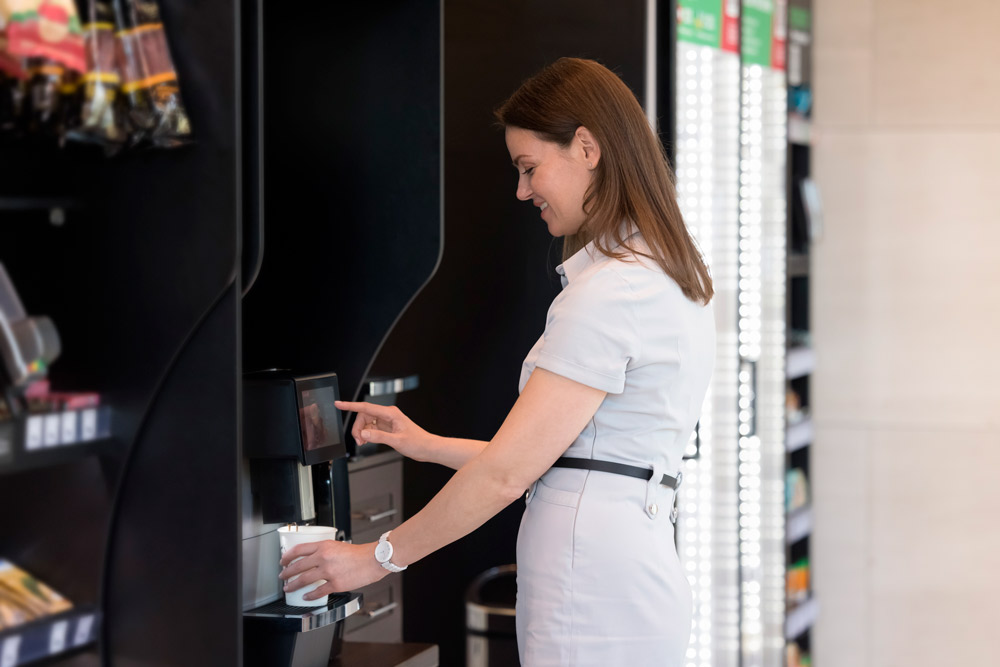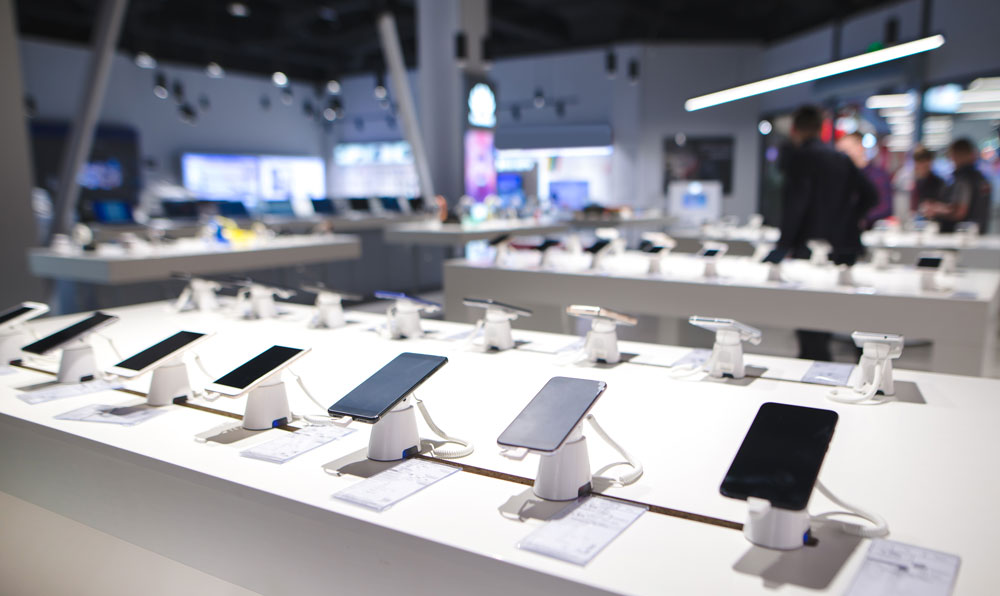Communication is the neuralgic point of any project and operational process, directly influencing its results. Good communication can ensure the success of the implementation – or jeopardize it- depending on how it is managed.
Everything that happens in organizations is mediated by communication, whether verbal, written, or digital. Every process requires communication between two or more parties. It can be direct, for example, through a conversation, or indirect through a protocol, procedure, App, database, mass mailing, or other.
During the implementation of any operational process, it is critical to communicate the defined guidelines and tasks, including their deadlines and conditions, as well as any additional information that allows better decision-making by individuals. Despite this, the communication strategy of a significant percentage of procedures is weak and poorly managed, resulting in unsatisfactory results, operational errors, and delays in execution.
In the retail industry, the timing of the execution is critical. Retailers strive to keep customers satisfied and products available at the time of purchase in a very agile context. Therefore, the challenge of effective communication is becoming more and more relevant. Here are 3 tips to improve the effectiveness and impact of communication in operational management:
1. The quality of the message
Retail’s dynamism demands that process definitions and guidelines reach all the staff members involved on time and with the necessary level of detail. The in-store team is constantly receiving information, so good management of communication flows is vital to avoid errors that can affect execution. It is, therefore, essential to ensure that messages meet quality requirements: that they are clear, accurate, and effective; that they arrive with the required frequency; that they are timely; and that they contain all relevant information.
2. Consistency
In retail, communication is mainly indirect and frequent: a lot of information arrives through different channels, such as mailings and protocols. For effective communication, it is essential to ensure coherence and consistency. For example, when frequently sending information regarding the implementation of promotions, it is recommended to use a standard format to ensure that all necessary variables are incorporated. Standardization will help improve understanding and – consequently- raise implementation compliance with rules and definitions.
3. Active management and monitoring
Ensuring adequate communication within organizations, especially in operational and dynamic environments, requires active management. To this end, the communication channel must have technical characteristics that allow the messages sent to be monitored. Data collection to generate adequate reporting will support quality conclusions and robust decision-making, ensuring good short- and long-term results. Active monitoring and management of communication will promote the success of communication flows, not only in a given period but also on a sustained basis over time.
Internal communication is key to achieving flawless execution on the sales floor. Today, technology solutions are available to ensure communications meet all the tips mentioned above. Digital platforms and applications designed as standardized communication channels provide management capacity with high traceability.
Opting for solutions developed from the operation reality’s perspective, such as Frogmi®, maximize the organization’s ability to deliver clear and effective messages, significantly reducing omissions and errors, and with agile management capabilities adapted to retail’s dynamism.













